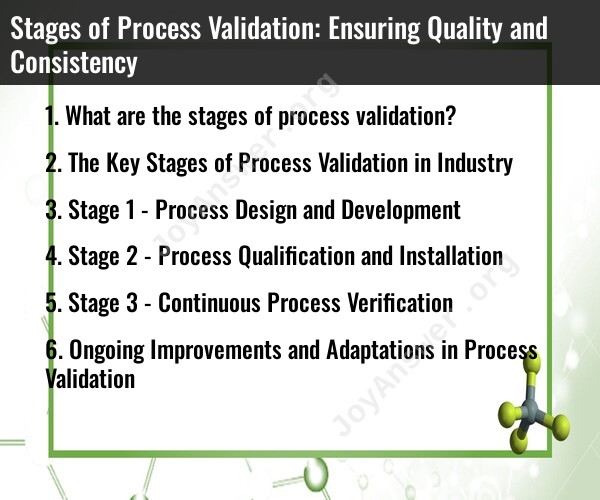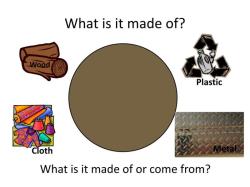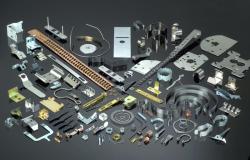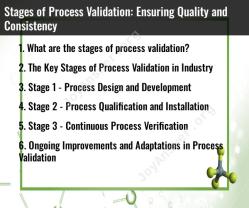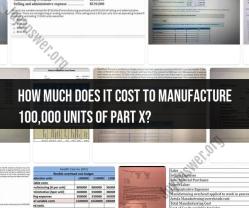What are the stages of process validation?
Process validation is a crucial quality assurance process used in various industries to ensure that a specific manufacturing or production process consistently produces products or results that meet pre-established quality and performance standards. The process typically involves three main stages:
Stage 1 - Process Design:
- In this initial stage, the process is designed, with a focus on understanding the product and process requirements.
- Key activities include defining the critical process parameters (CPP), setting up the process equipment, and determining the product's critical quality attributes (CQA).
- Process design should consider factors like equipment selection, raw material specifications, process flow, and control strategies.
Stage 2 - Process Qualification:
- After the process is designed, it moves to the qualification phase. This stage has three sub-stages:a. Installation Qualification (IQ): This verifies that the equipment is installed correctly, according to the design specifications. It includes equipment checks, calibration, and proper installation documentation.b. Operational Qualification (OQ): OQ ensures that the equipment and process operate within established operational parameters. This involves testing the equipment's functionality and verifying that it can consistently produce the desired results.c. Performance Qualification (PQ): PQ focuses on demonstrating that the process can consistently produce the product within the established parameters and specifications. It involves testing the process under real operating conditions, using actual materials, and often over a specified time frame.
Stage 3 - Continued Process Verification:
- Once the process has been qualified, it enters the phase of continued process verification.
- This ongoing stage involves monitoring and ensuring that the process remains in a state of control. Regular data collection, analysis, and reviews are essential.
- Changes to the process or equipment should be assessed for their potential impact on product quality, and any adjustments must be validated.
- Periodic revalidation may be necessary if significant changes are made, or if the process has not been adequately verified for a specific duration.
Process validation aims to ensure that the manufacturing or production process consistently delivers products or results that meet the established quality and performance standards. It is especially important in industries where product quality and safety are critical, such as pharmaceuticals, medical devices, and food manufacturing. By following these stages, companies can minimize the risk of defects, maintain product quality, and comply with relevant regulatory and quality standards.
The Key Stages of Process Validation in Industry
Stage 1 - Process Design and Development
The first stage of process validation is to design and develop the process. This involves identifying the critical process parameters (CPPs) and establishing acceptable ranges for each parameter. The CPPs are the parameters that have the greatest impact on the quality of the product.
Once the CPPs have been identified, the next step is to develop a process design that will produce a product that meets the desired quality specifications. This may involve developing new procedures, equipment, or training programs.
Stage 2 - Process Qualification and Installation
The second stage of process validation is to qualify and install the process. This involves testing the process to ensure that it is capable of consistently producing a product that meets the desired quality specifications.
Process qualification is typically performed in three steps:
- Design qualification (DQ): This step involves reviewing the process design and documentation to ensure that they meet the requirements of the process validation plan.
- Installation qualification (IQ): This step involves verifying that the equipment and systems have been installed correctly and are functioning properly.
- Operational qualification (OQ): This step involves testing the process to ensure that it is capable of consistently producing a product that meets the desired quality specifications.
Stage 3 - Continuous Process Verification
The third and final stage of process validation is continuous process verification. This involves monitoring the process on an ongoing basis to ensure that it remains in control and is capable of producing a product that meets the desired quality specifications.
Continuous process verification can be performed in a variety of ways, such as:
- In-process testing: This involves testing the product at various stages of the manufacturing process to identify any potential problems.
- End-product testing: This involves testing the finished product to ensure that it meets the desired quality specifications.
- Statistical process control (SPC): SPC is a method of using statistical data to monitor and control a process.
Ongoing Improvements and Adaptations in Process Validation
Process validation is an ongoing process. As new information is gained about the process and the product, the process validation plan may need to be updated.
For example, if a new piece of equipment is installed, the process validation plan will need to be updated to reflect the new equipment. Additionally, if the desired quality specifications for the product change, the process validation plan will need to be updated to reflect the new specifications.
Conclusion
Process validation is an important part of quality assurance in industry. It helps to ensure that products are consistently produced to meet the desired quality specifications. The key stages of process validation are process design and development, process qualification and installation, and continuous process verification. Process validation is an ongoing process that should be adapted as needed to reflect new information about the process and the product.
